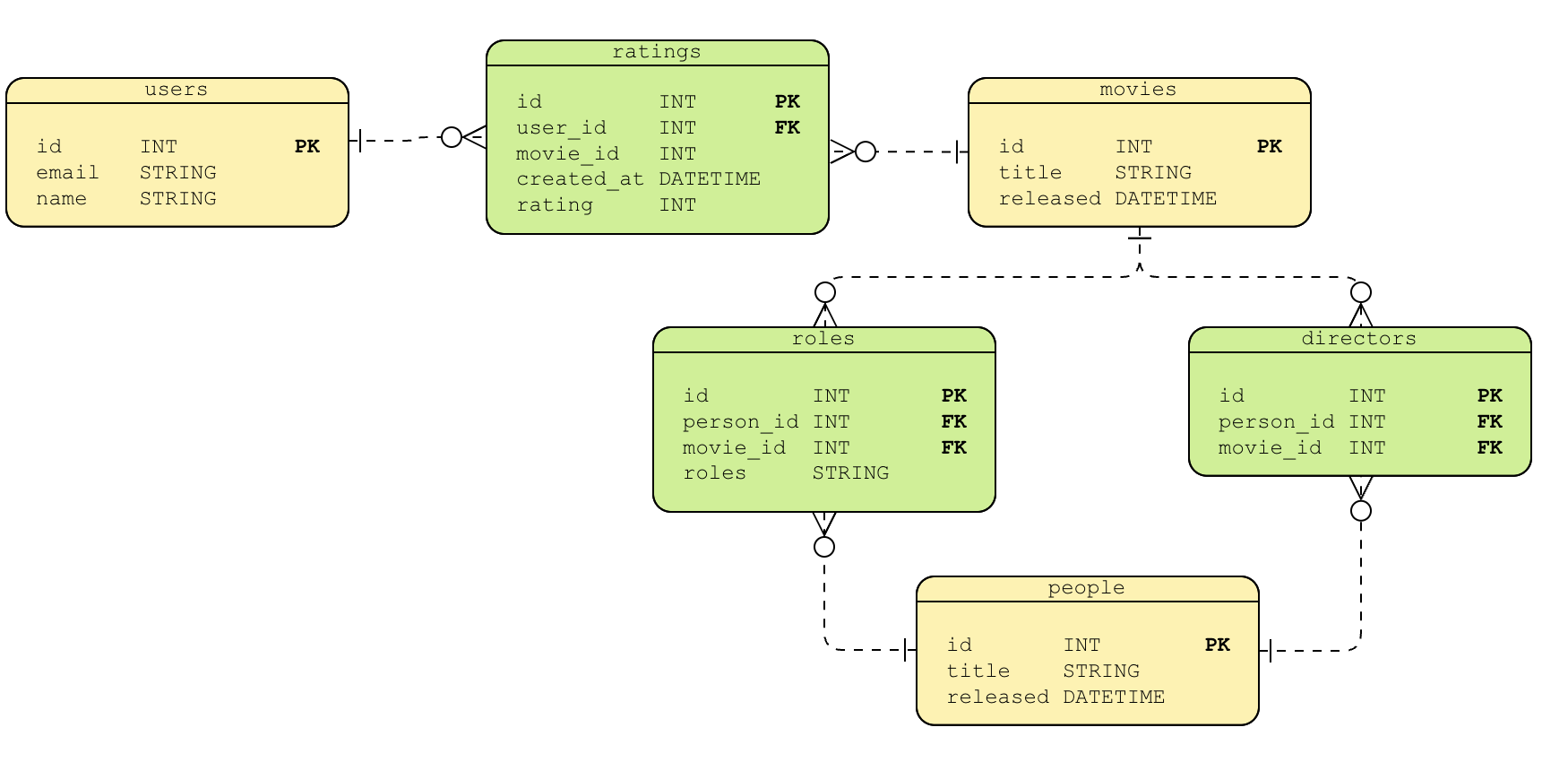Why You Should Consider Graphs For Your Next GraphQL Project
In this article, Adam Cowley examines the Graph behind GraphQL and demonstrates why Neo4j could be the best fit for your next project.This article is a sponsored by Neo4j The explosion of GraphQL over the past few years has introduced many front-end developers to the concepts of data modeling and storage, turning front-end developers into full-stack developers. GraphQL provides developers working on a simple contract with a database, guaranteeing consistency and predictability of the data returned while also managing persistence and data fetching. The developer trusts the API to store and retrieve the data most efficiently. But convenience comes at a cost. One day, your side project hits the front page of Hacker News, and a sudden influx of users grinds your database to a halt. Sometimes, the remedy is as simple as using the right underlying database for the loads. In this article, I will look at the Graph behind GraphQL and demonstrate why Neo4j is the best fit for your next project. The Graph In GraphQL GraphQL itself is a database-agnostic query language. Many database companies and startups now offer libraries that convert a GraphQL query or mutation into a query language that works with the underlying data
Related Posts

Technical Analysis: 4 Stocks with signs of death crossovers to keep an eye on

HDFC Bank & 3 other fundamentally strong stocks trading above 200 DMA to keep an eye on

Falling Channel Breakout: Multibagger NBFC Stock Shows Bullish Momentum on Daily Chart

4 Fundamentally strong stocks to buy for an upside potential of up to 36%; Do you hold any?


